How much do your company’s mission, vision and core values influence how you actually perform your work every day? For most managers, the answer usually has been “very little” or “what mission statement?” It’s easy to be skeptical about the real value of mission statements and core values. After all, most companies have them and they say all the right things about management’s deep concern for customers, employees, shareholders and communities. However, in the daily push to meet aggressive business targets plus deal with colleagues, customers and business partners, it’s easy to get bogged down in a never-ending series of management transactions far removed from the founding principles of your company.
In far too many companies, their founding purpose has long lost any meaningful role in influencing strategic decision-making or guiding how work actually gets done in the trenches of office and field operations. Some might argue that stubbornly adhering to a company’s founding core purpose, which may have been established decades ago, is nearly impossible in an era where the pace of change in all aspects of business is accelerating so rapidly. However, the rapidly changing business environment is precisely why a company needs an anchoring and guiding ideology. When management priorities become strictly driven by short-term business performance considerations, and business transactions are handled on an ad hoc, case-by-case basis, companies often lose their business — and sometimes even their moral — compass.
For example, a company might espouse “work-life balance” but expect people to stay late consistently every night or not offer paid parental leave. You might espouse being a learning organization that develops people but not give people the time to take classes or learn on the job. Maybe your company tells people to be consensus-builders but promotes people who are solely authoritative decision makers. These counterpoints will eventually upset even the best employees, eroding their organizational loyalty and causing them to consider leaving.
How should an organization repair a flagging culture? A good place to start is by reviewing the behaviors, systems and practices in place within your company.
Behaviors
The real test is how leaders behave — how they enact and embody core values, or don’t. Leaders are always under a microscope. If leaders are not exhibiting the behaviors that reflect the values, the values are meaningless.
Employees also need clear expectations. Given your organizational values, which behaviors consistently get rewarded and lead to promotion? Spend the time identifying the behaviors and skills that express each of your organizational values. Clarifying expected behaviors for employees holds leaders accountable. Does a manager value face-time more than outcomes? How often does starting a meeting five minutes late roll into people showing up unprepared? These are the real-world behaviors of culture and values. Before we realize it, the organization becomes known for late meetings, face-time and apathetic leadership. When expected behaviors are clear, you can focus on practicing those behaviors rather than trying to identify them and why there are attitude or attrition problems.
Systems
There are five key systems that are important to an organization’s overall culture:
- Hiring: Clarity around behavioral expectations allows us to bring much-needed transparency to the hiring process. Instead of the common default to hiring for “cultural fit,” we can look for behaviors that are cultural complements. This moves us away from the tendency to hire people who think the same and toward a company built on diverse backgrounds, perspectives and ideas to complement and enrich the culture.
- Strategy and goal setting: These activities improve culture by rallying people around similar goals while also providing guidance on the outcomes that employees are expected to produce.
- Assessing: How are behaviors assessed? How often are they reviewed? Is feedback shared consistently and is it weighted based on who said it? Lack of trust or questions about what behavioral standards will be used will create political and fear-based environments.
- Developing: When employees feel that professional development, feedback assessments or engagement surveys are irrelevant, it’s usually because the questions don’t tie back to what the organization actually reinforces and rewards. Culture problems can also arise when a “safe learning environment” turns into a way to punish employees for low scores rather than a way to help them grow.
- Rewarding: What is the criteria to become a manager, director or vice president? What are the expected behaviors that earn a person those titles? What technical and leadership skills are needed? These are all expressions of culture and values, but are too often perceived as random.
Practices
Practices include everything from company events, meeting management and feedback processes, to how decisions are made. Do you have repeatable decision-making processes in place? Are meeting participants expected to be collaborative and consensus-driven or is some conflict OK? What should managers talk about in performance reviews? Practices need to change as the company changes — as it grows, reorganizes or faces new threats.
Great organizations and leaders know that the culture stuff is the hard stuff. Culture takes time to define. It takes work to execute. Yet, if the time is spent (1) really understanding the behaviors expected throughout the organization; (2) identifying the systems and processes that will continue to help those behaviors be expressed and sustained; and (3) shaping practices that help employees and the organization become better, then you can close your culture gaps and stop your best people from saying, “I know it’s a great culture, but I am leaving.”
Is your organization living up to its values and is the organization’s culture one that will keep its best talent happy? Compass suggests spending time:
- Working to understand the behaviors expected throughout the organization
- Identifying the systems and processes that will continue to help those behaviors to be expressed and sustained
- Shaping practices that help employees and the organization become better
Please reach out to Compass at info@WeAreCompass.com if you’d like assistance with defining and shaping your culture or developing ideas to better support your mission and core values.
Sources:
Len Sherman, “Corporate Mission Statements Don’t Really Matter, Unless You Want To Be A Great Leader,” Forbes.com, April 2017
Melissa Daimler, “Why Employees Leave Great Cultures,” HBR.org, May 2018


